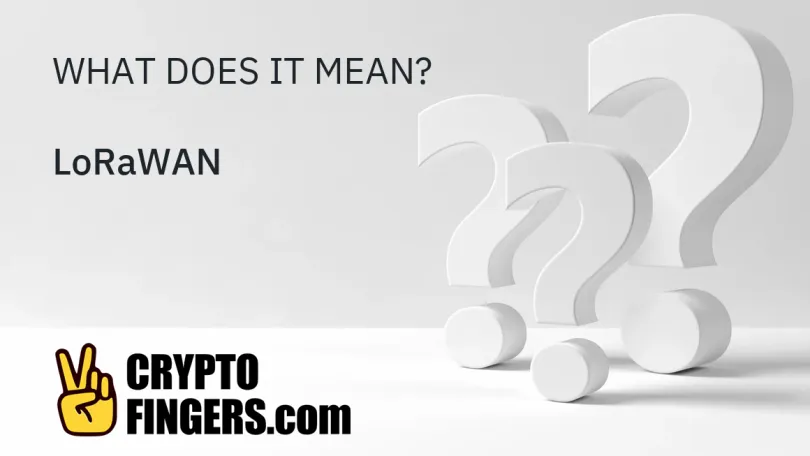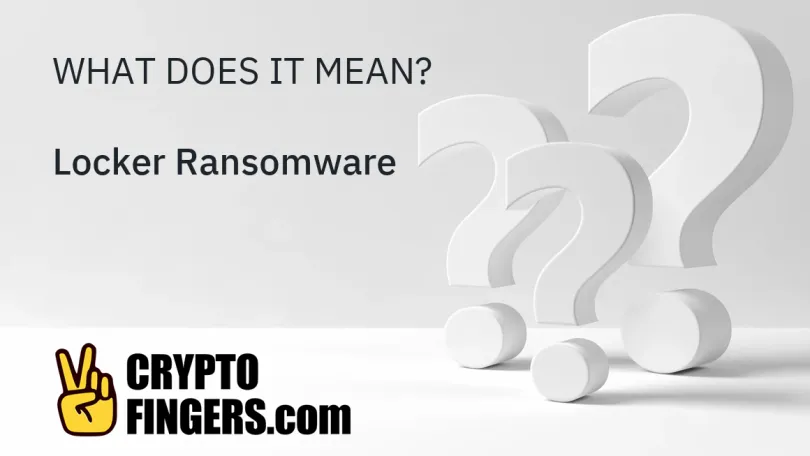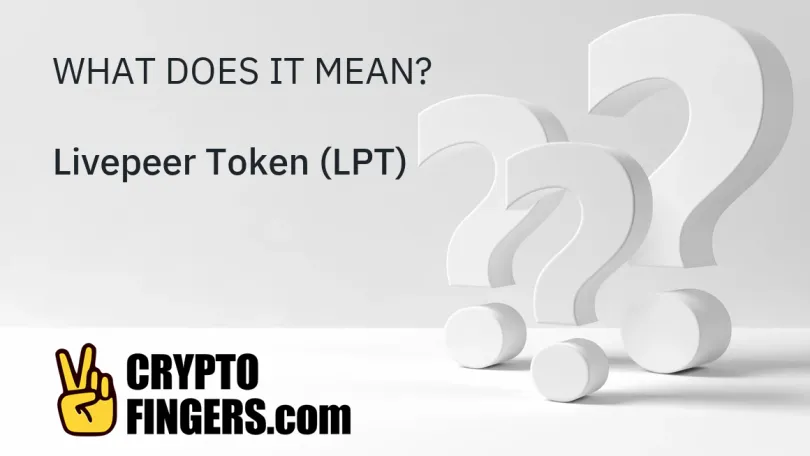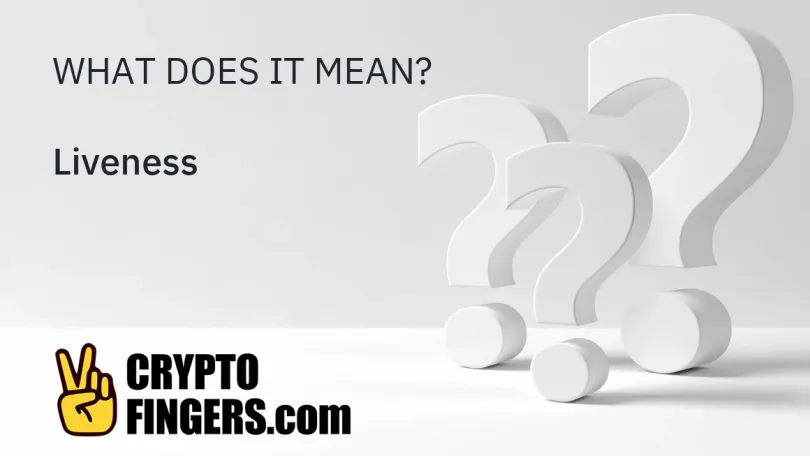⁝⁝⁝
Publications
LoRaWAN is a Low Power, Wide Area (LPWA) networking protocol that enables Internet of Things (IoT) devices to connect to the internet. LoRaWAN relies on patented LoRa technology, which uses..
Loom is an Ethereum-based platform that was initially focused on providing scalability for decentralized applications (dApps). It later pivoted to focus on enterprise blockchain applications..
Going long (also known as "longing") is an investment process whereby an investor purchases a security, derivative, cryptocurrency, or other asset type that they believe will increase..
The London Stock Exchange Group (LSEG) is one of the world's largest financial companies and the largest stock exchange service provider in the United Kingdom and Europe. LSEG is made up..
Set by the London Bullion Market Association (LBMA), London Good Delivery is a specification of the required attributes of the gold and silver that is used for settlement in the London..
The London Bullion Market Association (LBMA) is an international trade association that represents the world's over-the-counter (OTC) gold bullion market. The LBMA has over 150 member firms..
Locker Ransomware is a type of ransomware that locks victims out of their devices until a ransom fee is paid.
The loan-to-value (LTV) ratio expresses the ratio of a loan to the total value of collateral — usually in the form of a percentage. In other words, the LTV is a balance of the loan when..
Livepeer Token (LPT) is the native token of the Livepeer network. Users who wish to carry out the work of transcoding and distributing videos on the network must hold LPT.
As it relates to concurrent computing, liveness refers to an application's ability to execute in a timely manner, so that a distributed system is able to continually execute computations..
⁝⁝⁝
Trending news
- Artificial Intelligence (AI)
- Altcoins
- Bitcoin
- DeFi
- Ethereum
- Economy
- Market and Events
- Metaverse
- Mining
- NFT
- Regulation
- Web3
- show less
⁝⁝⁝ Test your knowledge



























